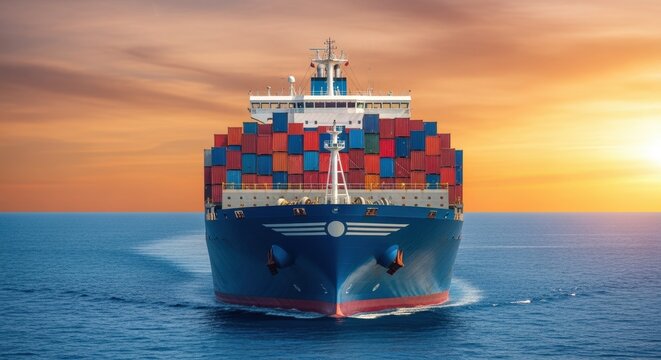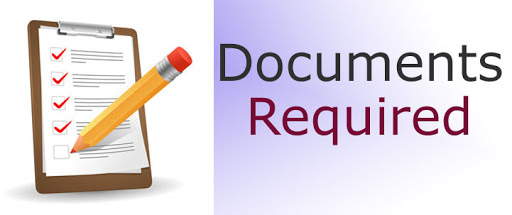- By TOP CHINA FREIGHT
- September 22, 2025
- Sea Freight, Shipping
Table of Contents
For businesses importing goods to the UAE, understanding the sea freight from China to Dubai is critical. The route is one of the busiest in global trade, but many importers face confusion over pricing, customs clearance, and shipping timelines. This guide explains every detail of costs, transit time, documentation, and strategies to optimize your shipments.

What makes sea freight from China to Dubai important?
The UAE, particularly Dubai, serves as a global logistics hub for the Middle East. With strong trade ties to China, thousands of containers move monthly carrying electronics, textiles, machinery, and consumer goods. Sea freight remains the preferred method because it is cost-effective for bulk cargo and offers reliable scheduling compared to air freight.
Moreover, the Dubai port infrastructure, such as Jebel Ali, ensures smooth handling and efficient distribution to neighboring countries in the GCC region.
How much does sea freight from China to Dubai cost?

The cost depends on container size, cargo type, and seasonal fluctuations. FCL and LCL are the two main options.
Prices vary by port, season, and carrier. Peak times such as pre-Ramadan or Q4 sales may raise costs.
How long does sea freight from China to Dubai take?
Transit times differ depending on the departure port. Southern ports like Shenzhen are usually faster, while inland shipments add trucking days.
| Route | Transit Time | Remarks |
|---|---|---|
| Shanghai – Dubai | 18–22 days | One of the busiest routes |
| Shenzhen – Dubai | 15–20 days | Often faster due to proximity |
| Ningbo – Dubai | 17–21 days | Competitive sailing frequency |
| Qingdao – Dubai | 20–25 days | Longer route |
Customs clearance and inland transport in both countries may add 2–5 days.
Sea freight vs. air freight: which should you choose?

| Factor | Sea Freight | Air Freight |
|---|---|---|
| Cost | Low | High |
| Transit Time | 15–25 days | 2–5 days |
| Volume Capacity | High (bulk) | Limited |
| Reliability | Steady schedules | Weather/airport dependent |
Sea freight is best for large, heavy, or non-urgent shipments, while air freight is ideal for urgent deliveries or high-value goods.
What documents are required for customs clearance?

Successful import depends on accurate documentation. Missing or incorrect papers can delay clearance.
| Document | Purpose |
|---|---|
| Bill of Lading | Proof of shipment contract |
| Commercial Invoice | Declares product details and value |
| Packing List | Details of cargo weight and packaging |
| Certificate of Origin | Confirms country of manufacture |
| Import License (if required) | For restricted goods |
| Customs Declaration | For UAE clearance |
What are the main ports for sea freight to Dubai?
China has several major export ports: Shanghai, Ningbo, Shenzhen, and Qingdao. On the UAE side, Jebel Ali in Dubai is the largest and most important.
Jebel Ali Port (Dubai):
The largest man-made port in the world, handling most cargo.
Khalifa Port (Abu Dhabi):
Secondary hub, connected to GCC trade.
Dubai’s geographic position makes it a gateway for shipments moving onward to Oman, Saudi Arabia, and Qatar.
Case study: Cutting costs with shipment consolidation

A UAE electronics distributor regularly shipped 8 CBM from Shenzhen via LCL, paying around $800 per shipment. After consulting with a forwarder, they consolidated orders and switched to a 20ft FCL every two months. This lowered per-unit cost by 25% and reduced damages from handling.
This example shows how smart planning and volume optimization can reduce freight expenses significantly.
How can businesses reduce sea freight costs from China to Dubai?
Booking in advance secures better rates.
It lowers per-unit costs compared to LCL.
Combining smaller shipments reduces charges.
Leverage expertise to access competitive pricing.
Use container space effectively to avoid wasted CBM.
What hidden charges should you be aware of?
In addition to base freight, shippers should prepare for:
- Terminal Handling Charges (THC)
- Customs Duties and VAT in the UAE
- Documentation and handling fees
- Demurrage or detention charges for delayed container returns
- Delivery order fees from carriers
Budgeting for these costs prevents unpleasant surprises.
Should you work with a freight forwarder?
Yes. A freight forwarder simplifies complex tasks like booking vessels, preparing paperwork, handling customs, and arranging last-mile delivery. Moreover, forwarders provide visibility through tracking and often secure lower rates due to established carrier relationships.
For businesses new to international trade, professional guidance is invaluable.
Conclusion
The sea freight from China to Dubai remains the most efficient and affordable method for transporting goods between Asia and the Middle East. With average transit times of 15–25 days and competitive pricing, it is ideal for bulk shipments. By understanding container options, customs requirements, and cost-saving strategies, importers can streamline logistics and enhance profitability.
Need a Shipping Quote?
If you want expert guidance and peace of mind, our team is ready to assist.
TJ China Freight offers tailored solutions to help businesses of all sizes ship more reliably from China.

FAQ
Q1:What is the cheapest way to ship from China to Dubai?
Sea freight is the most cost-effective method, especially for full container loads (FCL).
Q2:How much does LCL shipping cost per CBM?
On average, LCL costs $60–$100 per CBM depending on the port and carrier.
Q3:Can I track my sea freight shipment to Dubai?
Yes, most carriers and forwarders provide online tracking using container or Bill of Lading numbers.
Q4:Do I need an import license in Dubai?
Yes, certain products require import licenses. Always check with UAE customs before shipping.
Q5:Which port in Dubai handles most sea freight?
Jebel Ali Port manages the majority of shipments and is the main hub for China–UAE trade.
